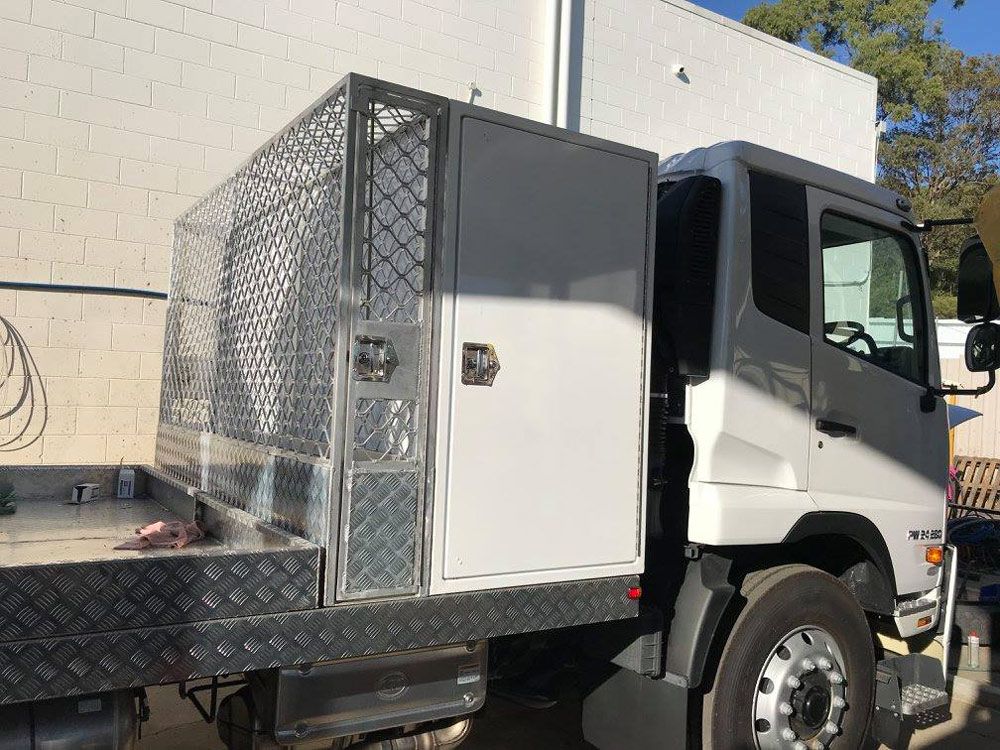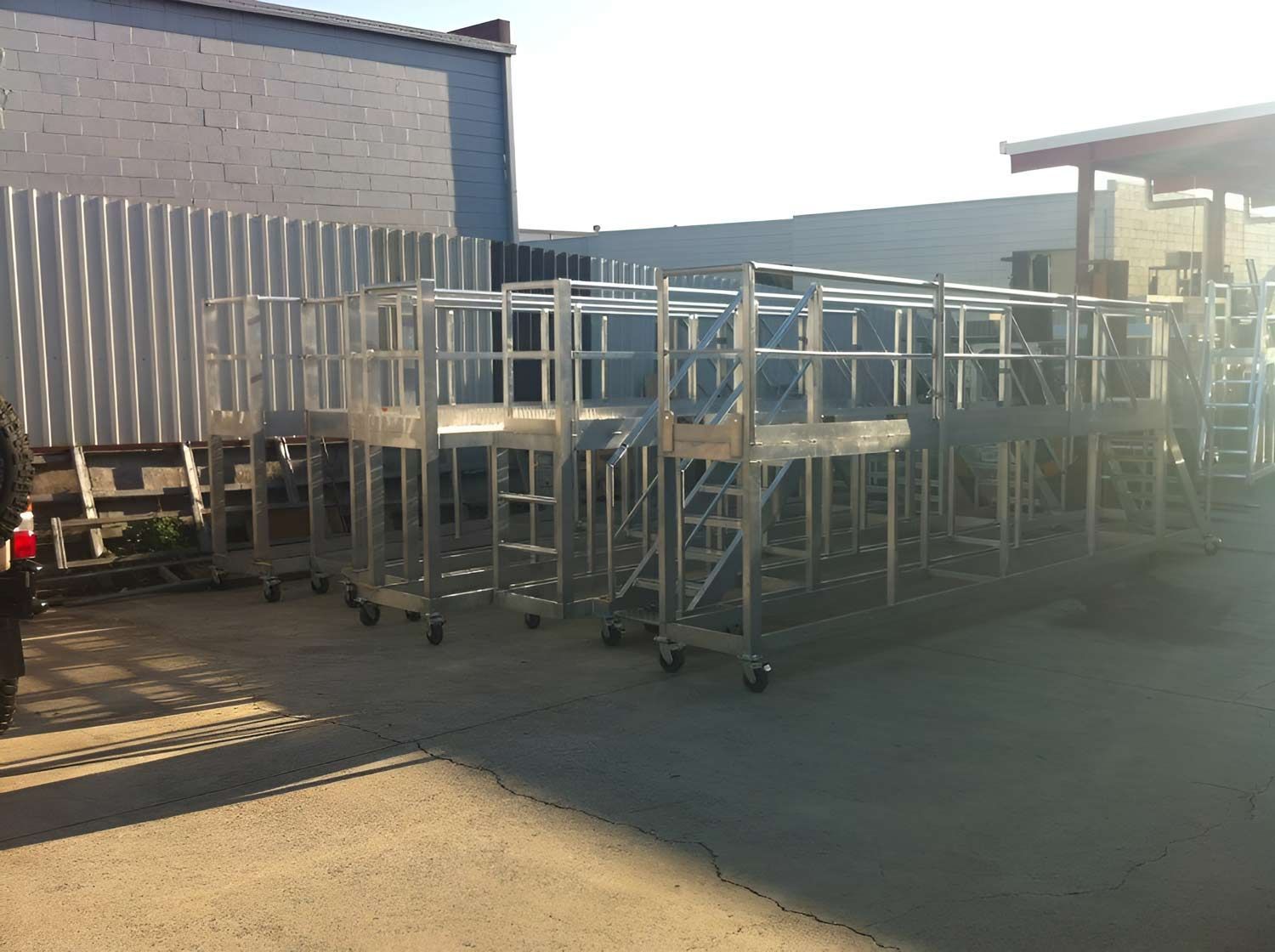Understanding the Different Types of Welding & Their Applications
Are you exploring welding options for your next project on the Gold Coast? Whether you're in manufacturing, construction, or the marine industry, understanding the different types of welding can help you choose the most appropriate method for your needs.
In this blog, we’ll break down the three most commonly used welding techniques—MIG, TIG, and stick welding—and explain where each one performs best. This practical guide will help you assess which process suits your application, whether you need intricate fabrication or heavy-duty repairs.
MIG Welding & Its Versatile Use Cases
Metal Inert Gas (MIG) welding is one of the most widely used welding techniques in industrial and commercial environments. It involves feeding a continuous wire electrode through a welding gun while shielding the weld area with a gas—usually argon or a mix of argon and CO₂—to protect it from contaminants.
MIG welding is considered a fast and adaptable method, especially well-suited for projects requiring high productivity and minimal downtime. Because it’s semi-automated, MIG allows for longer welds without
constant interruption, making it ideal for large-scale fabrication jobs.
Common applications include:
- Manufacturing & production lines, where speed and consistency are essential.
- Automotive repairs, including panel and chassis work.
- Structural steel fabrication, offering strong and clean welds for frameworks.
- General metal fabrication, from gates and fences to machinery components.
For businesses requiring reliable welding services on the Gold Coast with minimal interruption to operations, MIG welding can offer both speed and precision when applied in controlled environments.
TIG Welding for Precision Fabrication
Tungsten Inert Gas (TIG) welding, or Gas Tungsten Arc Welding (GTAW), is a more specialised technique that uses a non-consumable tungsten electrode to create the arc. Filler material is added manually, giving the welder a high degree of control over the weld bead and penetration.
TIG welding is slower and more technique-driven than MIG, but it produces exceptionally clean, high-quality welds. It’s often used when appearance, precision, and strength are equally important.
This method is especially effective when working with:
- Thin-gauge metals, such as aluminium and stainless steel.
- Custom marine fabrications, where saltwater resistance and structural integrity are vital.
- Architectural metalwork, requiring fine detail and minimal distortion.
- Food processing equipment, where welds must meet hygiene and aesthetic standards.
TIG welding is frequently chosen by marine manufacturers and stainless steel fabricators who require high-end results. While it may take longer to complete, the attention to detail and finish it delivers is hard to match.
Stick Welding for Outdoor & Heavy-Duty Jobs
Stick welding, also known as Shielded Metal Arc Welding (SMAW), is a traditional and durable technique used in many industries. This method involves using a consumable electrode coated in flux, which creates a shielding gas when melted. Unlike MIG and TIG, it doesn’t require a separate gas supply, making it ideal for outdoor environments or remote locations.
Stick welding is widely recognised for its robustness, especially when dealing with thicker materials or surfaces exposed to the elements. It can weld through rust, paint, or dirty surfaces better than other methods, which makes it useful for maintenance and structural repairs.
It’s commonly used in:
- Construction sites, including heavy equipment and support beams.
- Farming and agricultural equipment, which often needs in-field repairs.
- Boat trailer and hull repairs, especially in tough conditions.
- General outdoor fabrication, where portability and durability are essential.
If you're searching for welding on the Gold Coast for rural, marine, or industrial applications, stick welding may be the most practical solution, particularly in less-than-ideal conditions.
Matching the Welding Method to Your Project
Each welding technique has distinct advantages, but the right choice depends on several factors, including material type, environment, finish requirements, and project scale.
Some key considerations include:
- Material thickness: TIG is ideal for thin metals, while stick and MIG are better for thicker components.
- Surface condition: Stick welding is more forgiving on dirty or rusted surfaces, whereas MIG and TIG require cleaner preparation.
- Environment: Outdoor jobs often favour stick welding due to its independence from shielding gas, while indoor jobs allow more flexibility with MIG or TIG.
- Finish quality: TIG offers the cleanest, most visually appealing welds, making it preferred for visible or decorative metalwork.
- Budget & timeframes: MIG is generally faster and more economical for repetitive tasks, while TIG demands more time but delivers refined results.
If you’re unsure which process suits your needs, seeking professional welding services on the Gold Coast can help you weigh the options based on real-world performance, longevity, and finish.
Welding for Marine & Coastal Environments
Welding in marine environments poses additional challenges due to exposure to saltwater, humidity, and corrosion. In these conditions, the choice of welding method, material compatibility, and quality of finish are especially important.
Stainless steel and aluminium are common in marine fabrication due to their corrosion-resistant properties, and TIG welding is frequently used for boats, trailers, and dock components. For heavier repairs or structural applications, MIG and Stick welding can also be adapted using suitable materials and techniques.
From custom boat parts to offshore maintenance structures, choosing a local welding provider who understands marine-grade materials and fabrication requirements is crucial to long-term performance and safety.
Industrial & Commercial Welding Needs
Manufacturers and commercial operations often require a combination of welding services for equipment maintenance, infrastructure repairs, or new installations. MIG welding is frequently used for its efficiency and adaptability in factory environments, while Stick welding may be required for large-scale structural repairs or remote construction sites.
By working with a provider who offers all three welding methods, project managers can achieve consistent, high-quality results across multiple job types—without compromising safety or productivity.
Discuss Your Welding Project with Our Team
Choosing the right welding method can make a significant difference in the strength, appearance, and longevity of your fabricated components. MIG, TIG, and Stick welding each offer distinct benefits depending on the material, environment, and level of finish required.
At Brumb's Welding & Fabrication, we offer professional welding on the Gold Coast using all three core techniques. Whether you need precision stainless steel work, rugged outdoor repairs, or structural welding for your next project, our team can recommend the right approach for your application.
Contact us today to discuss your fabrication needs or request a quote for welding services on the Gold Coast.






